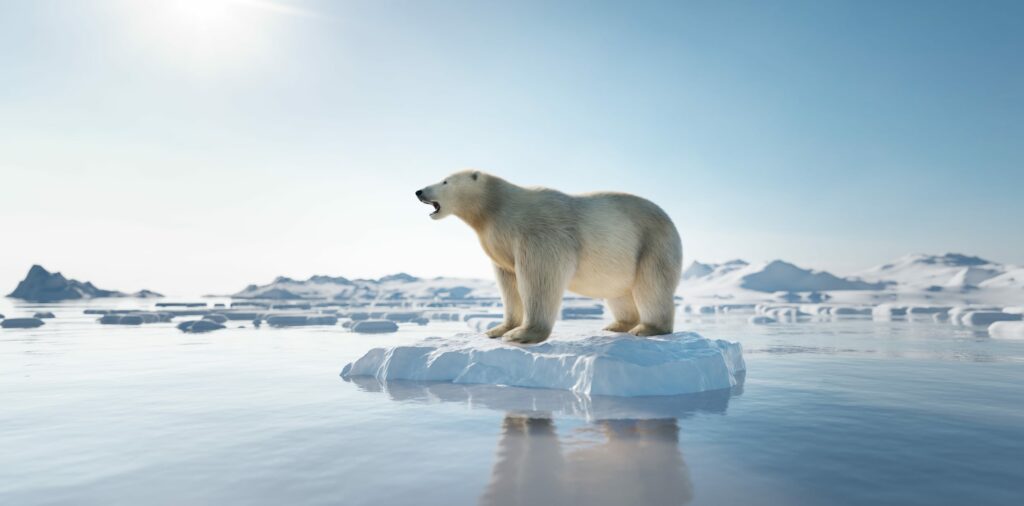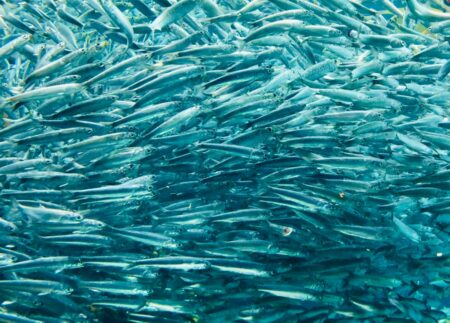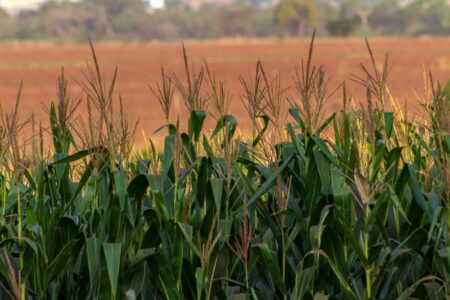Climate change and melting sea ice will result in cascading losses for polar bears. Eventually, the melting ice will trigger a final tipping point, resulting in the species’ eventual extinction.
Impacts of global warming on polar bears
The rapid melting of sea ice is already changing the habitats of top marine predators such as polar bears. In particular, the bears depend on the sea ice to feed on seals, and a more extended ice-free season could force them to use terrestrial food resources. There are already reports of polar bears on islands, including east Greenland and Spitsbergen.
Recent studies on polar bears have shown that a decrease in ice cover and melting sea ice will be the most likely cause of the extinction of these species. In addition to ice melt, global warming has also been linked to sea ice loss, which is a primary driver of the demise of polar bears. While global warming is already affecting the habitat of these mammals, the potential for extinction is more significant than ever. Scientists believe that the effects of global warming will be felt long after the current mitigation strategies are implemented.
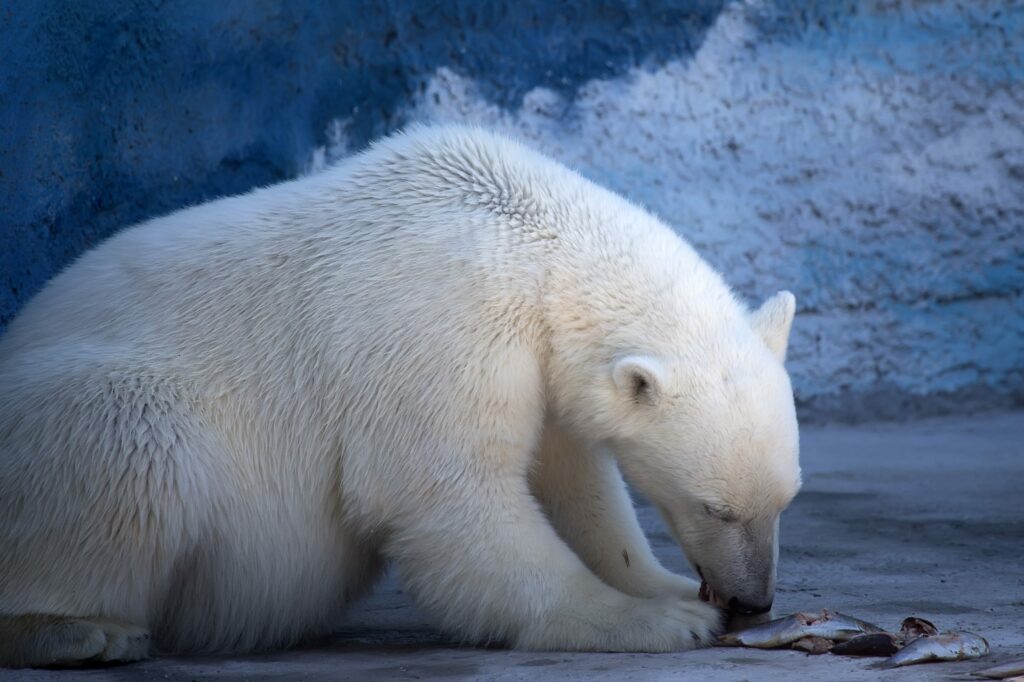
The International Union for Conservation of Nature (IUCN) has not yet categorized polar bears as threatened. Still, it has proposed listing them as a protected species by the end of this year. If successful, this listing would obligate the government to minimize anthropogenic impacts on polar bears and develop a plan to help them recover. The U.S. Secretary of the Interior is now considering whether to list the polar bears as threatened.
The reduction in sea ice has been associated with shorter times spent on land, decreased body condition, and reduced reproductive success in polar bears living in Baffin Bay. The bears live in an ecoregion of seasonal ice characterized by the complete melting of sea ice in the summer, forcing them onshore. The general pattern of sea ice retreat and advance has not changed, although the timing of the ice-free period has become earlier.
Impacts of melting sea ice on polar bears
The decline in Arctic sea ice has implications for many animal species, including walruses and bowhead whales. Polar bears are not alone in their dependence on ice, as walruses and seals depend on it for breeding and habitat, and other animals rely on sea ice for breeding, molting, and resting.
In areas of the Arctic that lack sea ice, polar bears are now forced to move northward to hunt seals. This results in reduced ice cover and increased vulnerability to diseases. Furthermore, the loss of sea ice also reduces the breeding opportunities for polar bears. Consequently, polar bear populations are expected to decline.
The impact of declining sea ice on polar bears may vary, with some species suffering more than others. The study results are based on data collected through remote sensing and field observations. The decline in ice has caused polar bears to spend more time on land and produce smaller cub litters. Further, the study team has estimated that the decline will continue for three generations.
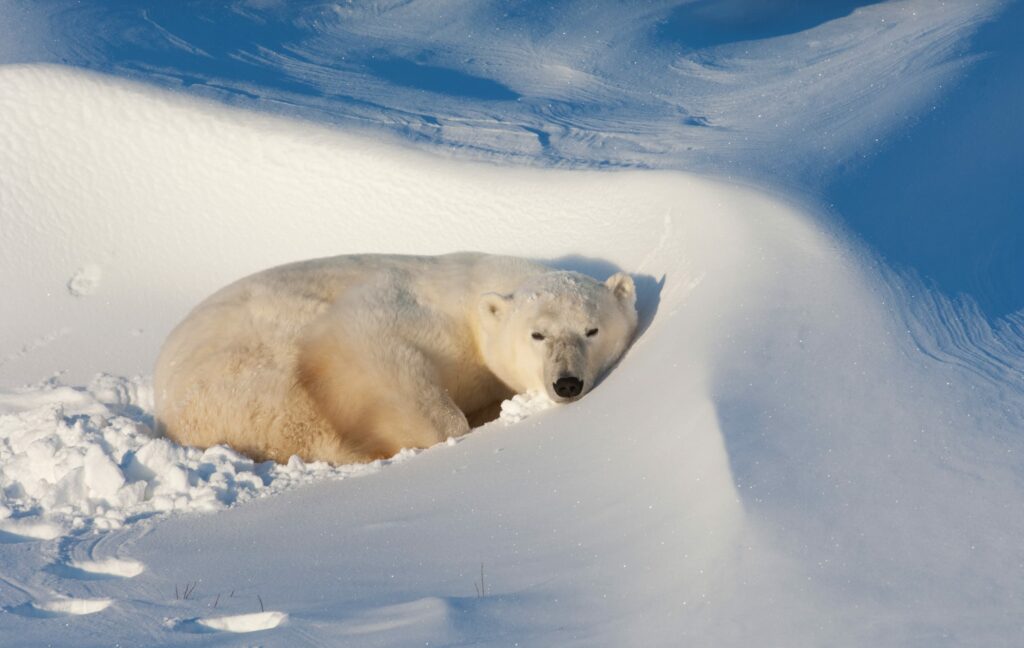
Impacts of melting sea ice on polar bears’ body condition
Several factors contribute to the decline of Arctic sea ice. This is an increasing concern because sea ice decreases, making it more difficult for polar bears to find food. A reduction in sea ice also means that polar bears will have to swim further to find solid ground, reducing their chances of catching seals. A decline in sea ice will also cause more water to be exposed to human activities, increasing shipping and oil and gas development. Another effect of melting sea ice on polar bears is that it will raise sea level and feedback into global warming, as ice helps reflect sunlight.
Scientists have noted that a polar bear’s body condition and reproductive rates vary greatly seasonally. In the spring, their body condition improves. However, their diets decrease in the late summer and fall, and they must migrate to land. The resulting food shortage may also increase their vulnerability to predation.
Because polar bears feed primarily on ringed seals at the edge of sea ice, a reduction in sea ice could have significant consequences for their diet. A decrease in sea ice could cause a more substantial number of polar bear cubs to die before reaching their first birthday. Also, a loss of sea ice would reduce the amount of time polar bears spend hunting their prey, reducing their body condition. It could also lead to a decline in adult females’ average weight. Consequently, the cubs may be born smaller and subsequently become less robust.
This new study is also alarming because it indicates a rapid decline of the Arctic polar bear population by the end of the century. A study published in the Nature Climate Change journal found that melting the sea ice will cause a further drop in polar bear numbers. Another warming impact is the collapse of dens that female polar bears use to protect their young.
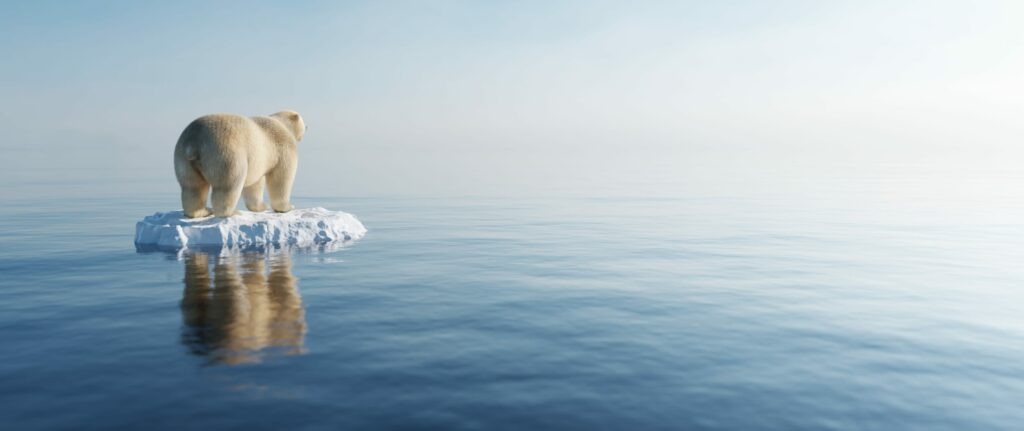
Impacts of melting sea ice on polar bears’ body size
The effects of climate change are already being felt on polar bears. Melting sea ice is one of the most critical drivers of polar bear population decline. Melting sea ice can result in drastic reductions in polar bear body size and reproductive performance. In addition, increased sea ice loss can cause the prey population to decline in size and reproduction.
Scientists in Baffin Bay, Canada, identified 357 polar bears in a recent study, and this was up from two years earlier when they recorded only 224 bears. Scientists attribute the apparent increase to fewer hunters. In addition to a declining number, the loss of sea ice also results in fewer opportunities for polar bears to find and eat prey.






